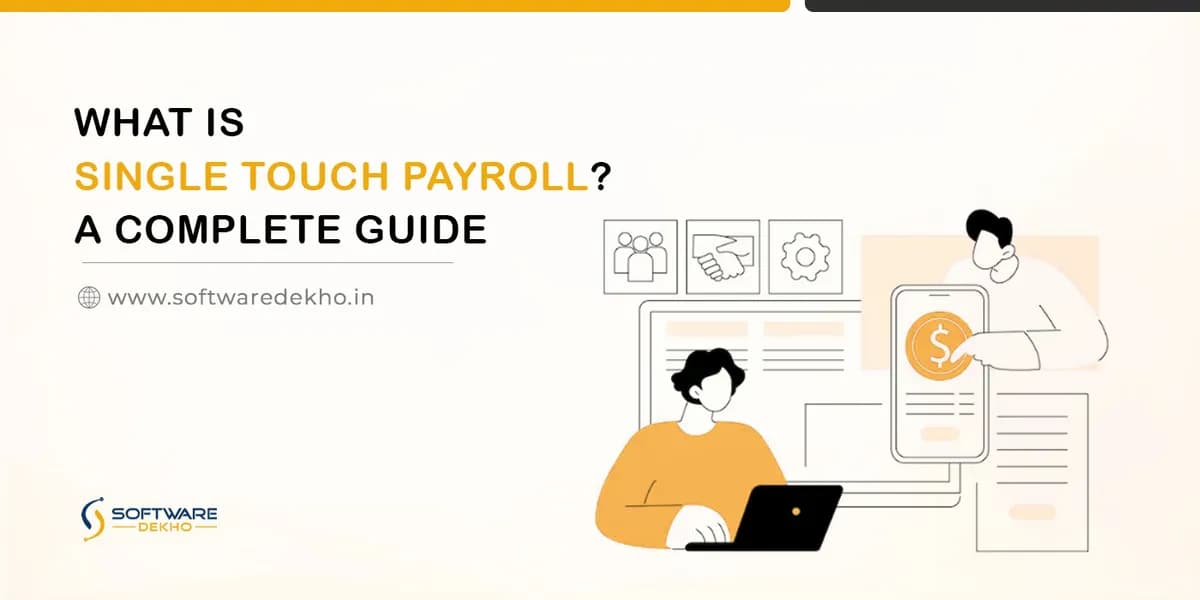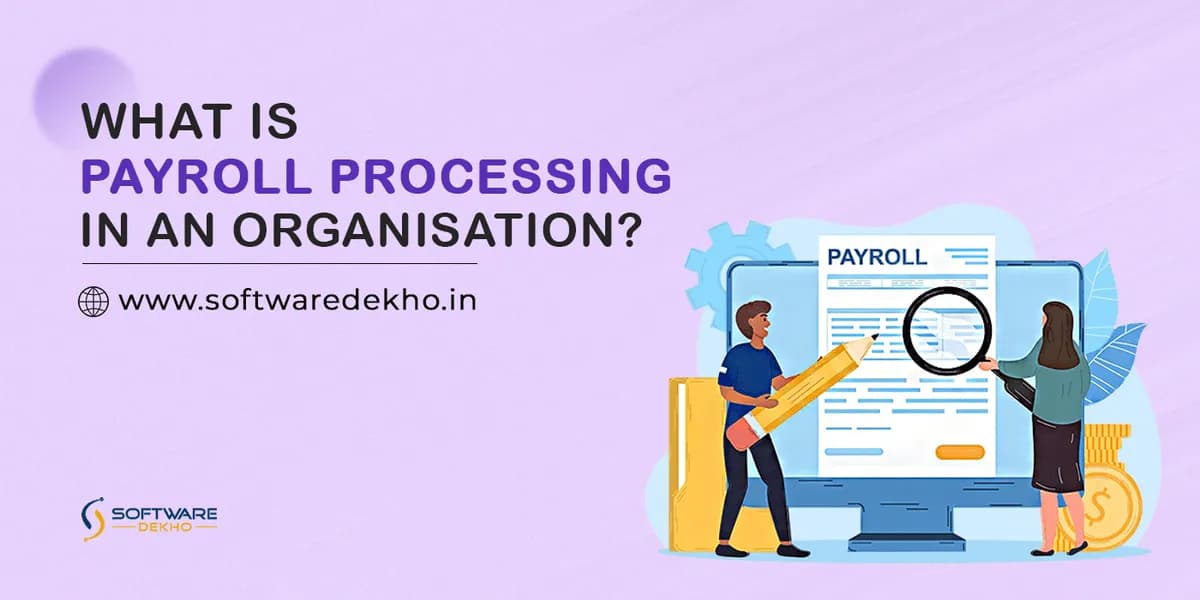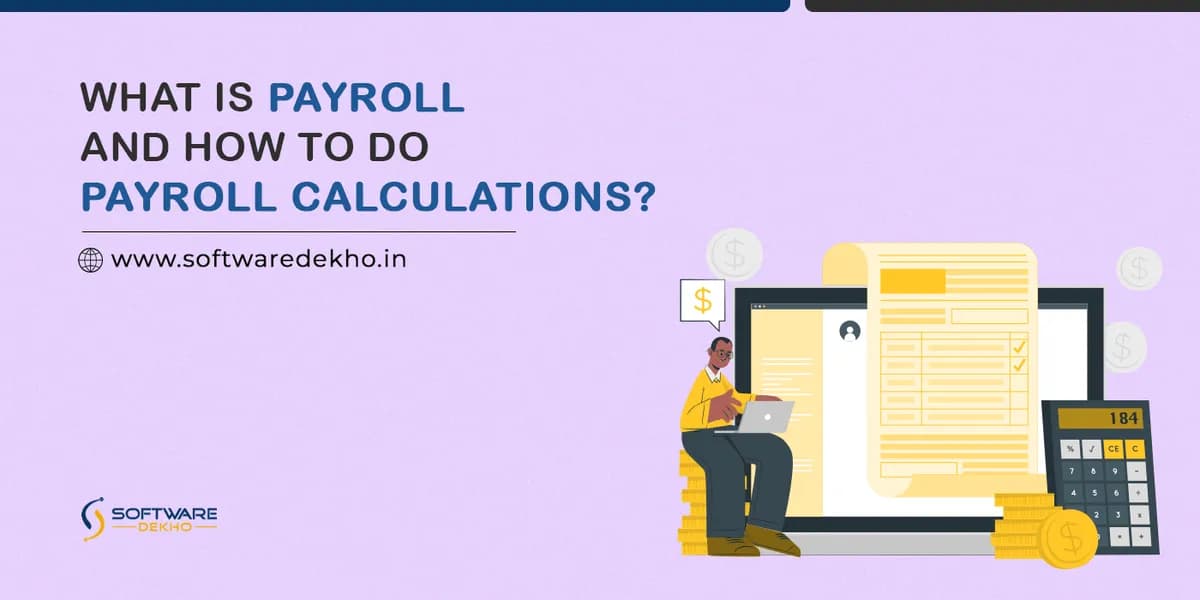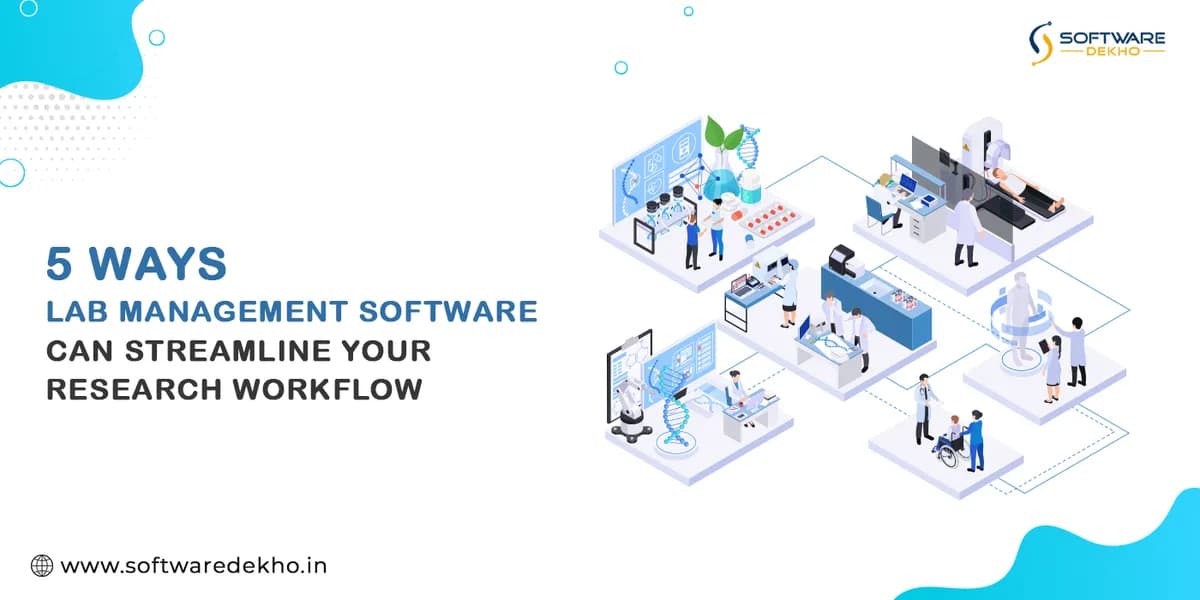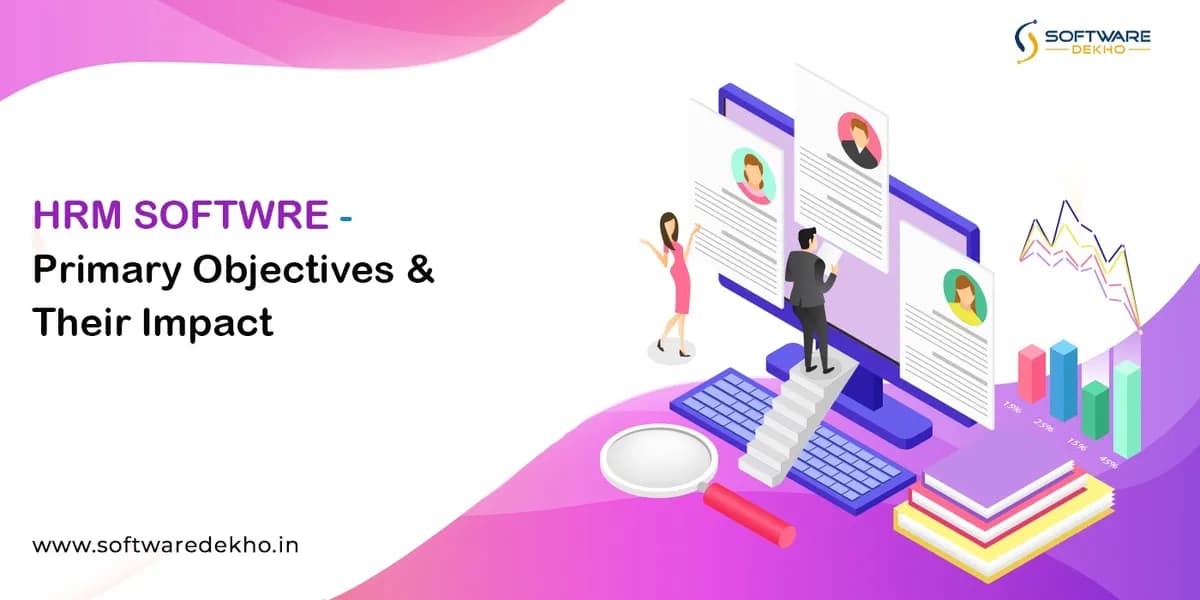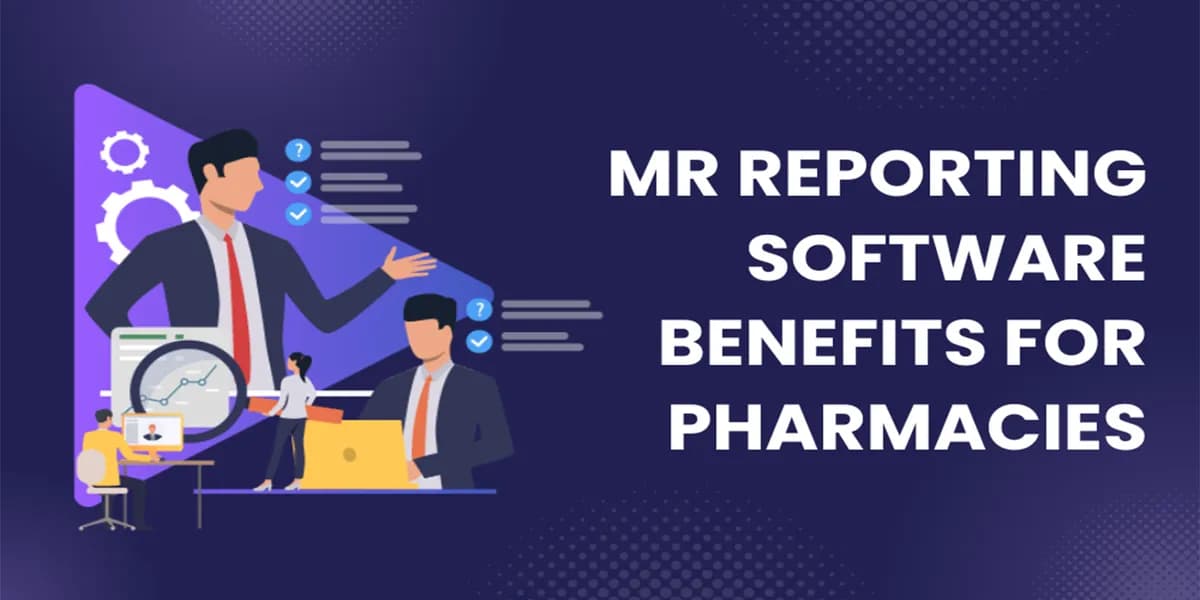What is Single Touch Payroll? A Complete Guide
Managing payroll for businesses in India involves careful record-keeping and timely submissions to various government authorities. While Single Touch Payroll (STP) is a revolutionary system used in some countries like Australia, it's currently not implemented in India.
However, this article explores the concept of single-touch payroll (STP) to provide valuable insights into potential future developments in payroll reporting within India. We'll delve into what STP entails, how it works, and the potential benefits it could offer if implemented in the Indian context.
Understanding STP can equip businesses with valuable knowledge and prepare them for any potential future changes in payroll reporting within the country. So, let's embark on a journey to explore the world of Single Touch Payroll and its potential implications for Indian businesses.
What is Single Touch Payroll (STP)?
Understanding Single Touch Payroll (STP) offers valuable insight into potential future advancements for Indian payroll reporting. Here's a breakdown of STP:
Meaning and Difference: STP is a revolutionary system for streamlining payroll reporting. Unlike traditional methods where businesses submit reports summarizing employee wages and taxes periodically (quarterly or annually), STP emphasizes real-time reporting. This means that employers electronically report employee payroll information directly to the government each time they process a pay run.
Real-Time Reporting: Imagine ditching the bulky reports altogether! With STP, payroll data gets reported instantly after every salary payment. This not only simplifies the process for businesses but also ensures the government receives the most up-to-date information on salaries, taxes, and other relevant details (e.g., superannuation in Australia). This information transparency benefits both parties – businesses save time and resources, while the government enjoys improved tax administration and pre-filling for individuals.
Benefits for All: This real-time reporting offers advantages for both businesses and the government. Businesses save valuable time and resources by eliminating the need for manual data entry and bulky reports. Additionally, STP reduces the risk of errors associated with traditional methods.
For the government, STP ensures they receive the most up-to-date and accurate information on employee earnings and taxes. This transparency allows for improved tax administration and even simplifies the pre-filling of tax returns for individual employees.
Understanding single touch payroll meaning, even though not currently used in India, can equip businesses with valuable knowledge and prepare them for any potential future changes in payroll reporting within the country.
The Single Touch Payroll Process
The Single Touch Payroll Process can be valuable for future preparedness. Here's a breakdown of the typical STP workflow for employers:
Embracing STP-compliant Software: The foundation of STP lies in using STP-compliant payroll software. This software acts as a bridge between your business and the government, enabling the seamless electronic transmission of payroll data. These programs are designed to streamline data entry, automate calculations, and ensure compliance with STP reporting requirements.
Gathering and Preparing Data: Once equipped with STP software, the process involves gathering and preparing employee payroll data. This includes information like salaries, wages, taxes withheld, and any relevant deductions. Accuracy is paramount here, as the software transmits this data directly to the government. Most STP-compliant software offers user-friendly interfaces and data validation tools to minimize errors.
Submitting STP Reports: After processing a pay run, the magic of STP happens. Your STP-compliant software automatically generates and submits a report to the government every time you pay your employees. This report contains the prepared payroll data, eliminating the need for manual submissions and bulky reports.
Challenges and Considerations: While STP offers numerous benefits, implementing it might involve some initial challenges. Businesses may need to invest in STP-compliant software or upgrade existing systems. Additionally, ensuring data accuracy and familiarizing employees with the new process might require some initial adjustments.
However, the long-term benefits outweigh these initial hurdles. STP simplifies payroll reporting significantly, saving businesses time and resources. By understanding the single touch payroll process, businesses can be prepared to embrace this potential future advancement in Indian payroll reporting.
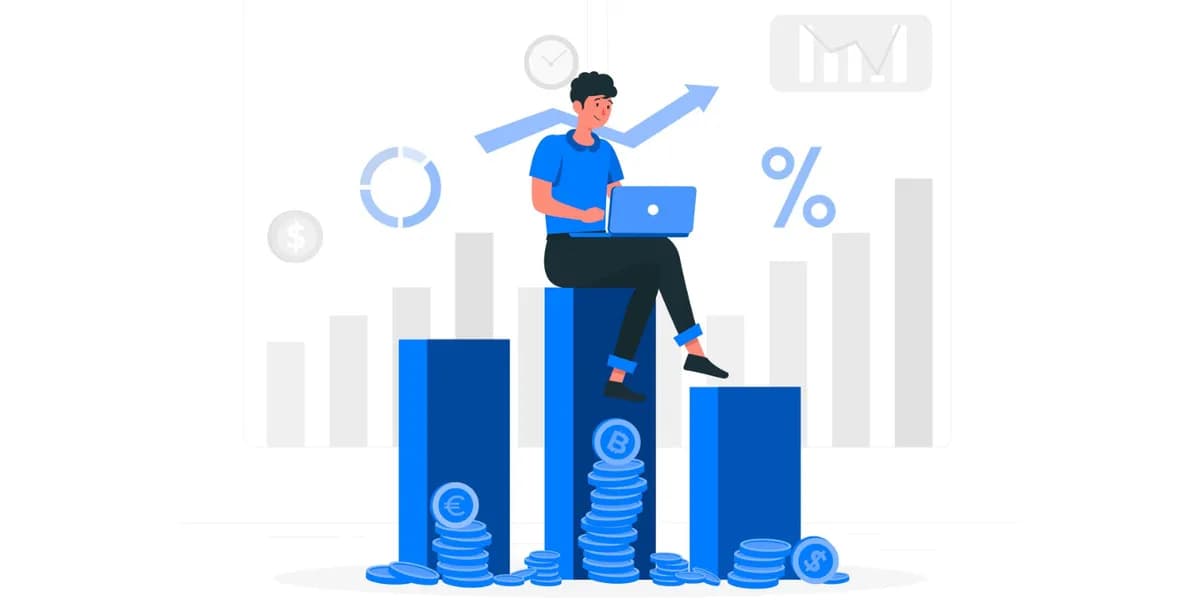
Purpose of Single Touch Payroll
Single Touch Payroll (STP) offers a compelling vision for streamlining payroll reporting. Let's explore the key objectives behind its development:
Simplifying Tax Reporting for Businesses: One of the primary purposes of STP is to revolutionize the way businesses report payroll information. By eliminating the need for bulky reports and manual submissions, STP significantly reduces the administrative burden on businesses. Imagine the time saved by skipping those quarterly or annual reports!
Enhancing Data Accuracy: Traditional methods of payroll reporting were prone to errors arising from manual data entry or compilation mistakes. STP tackles this issue head-on by promoting real-time electronic reporting. With data flowing directly from payroll software to the government, the risk of errors is minimized, ensuring greater accuracy in tax calculations and reporting.
Empowering Employees with Pre-Filled Taxes: Another significant benefit of STP is its impact on individual taxpayers. The real-time data transmission of STP allows the government to pre-fill tax returns with more accurate information. This translates to a simpler and faster tax filing experience for employees.
Real-Time Insights for the Government: For the government, STP serves as a gateway to real-time tax information. This allows for improved tax administration, efficient resource allocation, and better forecasting of tax revenue. Furthermore, having access to accurate and up-to-date data facilitates the identification of potential tax discrepancies or errors.
A Mutually Beneficial System: In essence, STP is designed to be a win-win proposition for both businesses and the government. Businesses benefit from a simplified reporting process, reduced errors, and potentially lower administrative costs. The government gains access to more accurate data, improved tax administration, and a smoother tax filing experience for citizens.
The Single Touch Payroll System
While India awaits the potential implementation of Single Touch Payroll (STP), understanding the single touch payroll system itself is valuable. In countries like Australia where STP is active, the Australian Taxation Office (ATO) plays a crucial role:
The Role of the ATO: The ATO acts as the central authority overseeing the entire STP system. They are responsible for establishing and maintaining the necessary infrastructure to receive and process payroll data electronically from businesses. Additionally, the ATO provides resources and guidelines to ensure smooth implementation and compliance with STP regulations.
Data Security at the Forefront: Security is paramount within the STP system. The ATO implements robust security measures to safeguard sensitive employee payroll information. These measures typically include data encryption, secure transmission protocols, and access control mechanisms. Businesses utilizing STP-compliant software also have a responsibility to ensure their own data security practices are up-to-date.
Looking Ahead: Potential Developments: The STP system is constantly evolving, with ongoing efforts to enhance its functionality and user experience. Future developments might include the integration of additional data points into STP reporting or the expansion of its scope to encompass other employer-related reporting obligations.
By understanding the single touch payroll system, businesses in India can gain valuable insights into how such a system might operate if implemented in the future. This knowledge can help them prepare for any potential changes in payroll reporting procedures within the country.
Conclusion
Key Takeaways: STP offers a paradigm shift in how businesses report employee payroll information. Gone are the days of bulky reports and manual submissions. With STP, employers leverage electronic, real-time reporting, leading to a streamlined process with reduced errors.
Mutual Benefits: The advantages of STP extend to both businesses and the government. Businesses experience simplified reporting, potentially lower administrative costs, and improved data accuracy. The government benefits from real-time tax information, allowing for improved tax administration and pre-filling of tax returns for employees.
Preparing for the Future: Understanding STP equips Indian businesses with valuable knowledge for potential future changes in payroll reporting. Businesses can proactively prepare by investing in user-friendly payroll software with data security features and focusing on maintaining accurate employee data.
While India awaits a potential rollout of STP, staying informed empowers businesses to confidently navigate future advancements in payroll reporting. STP might not be the present, but understanding its core principles can prepare businesses for a well-equipped future.
Resources:
For readers interested in learning more about Single Touch Payroll (relevant information can be found by replacing "Australia" with "your country" in the search):
- [Search term Single Touch Payroll Australia ON Australian Taxation Office ato.gov.au]
You must conduct thorough research and read user reviews to choose the best software for your needs. So, take a look at our website to understand better!
